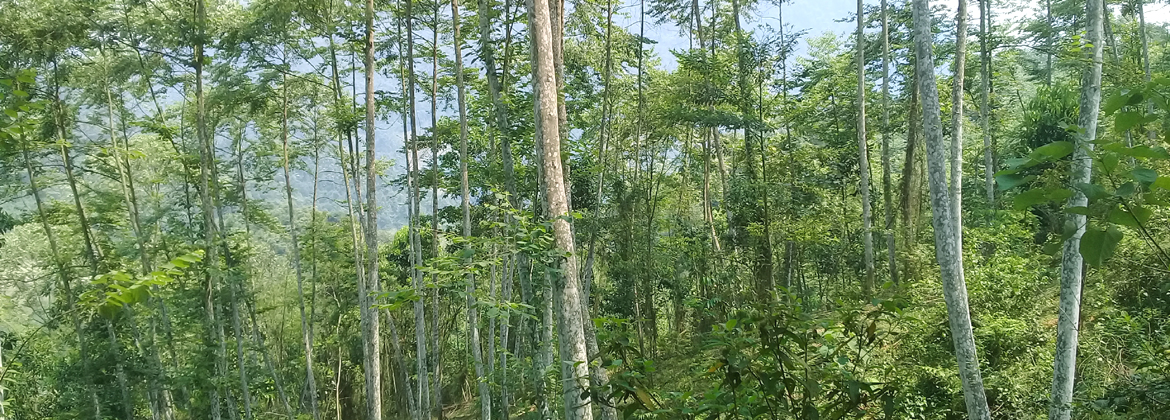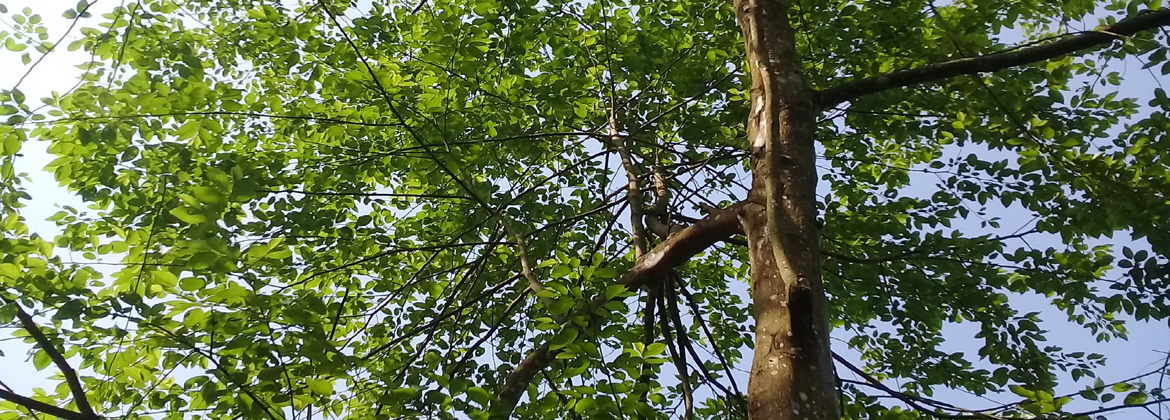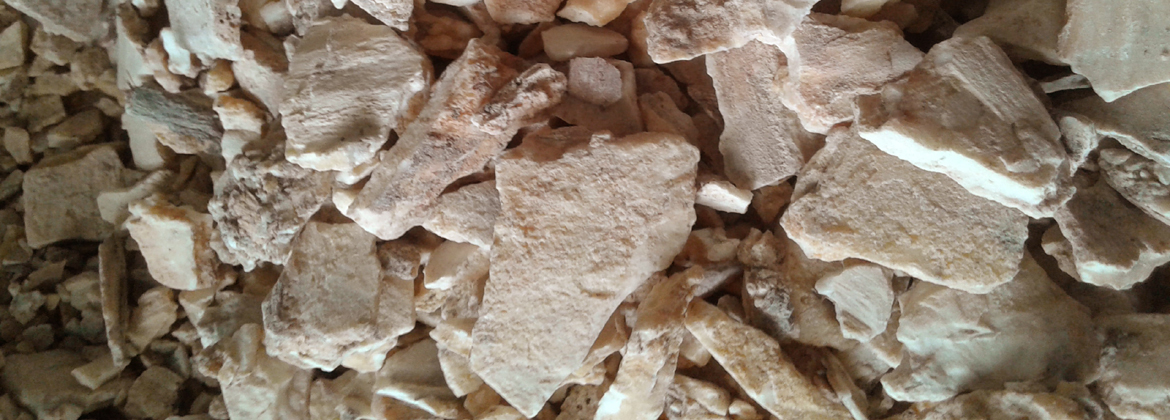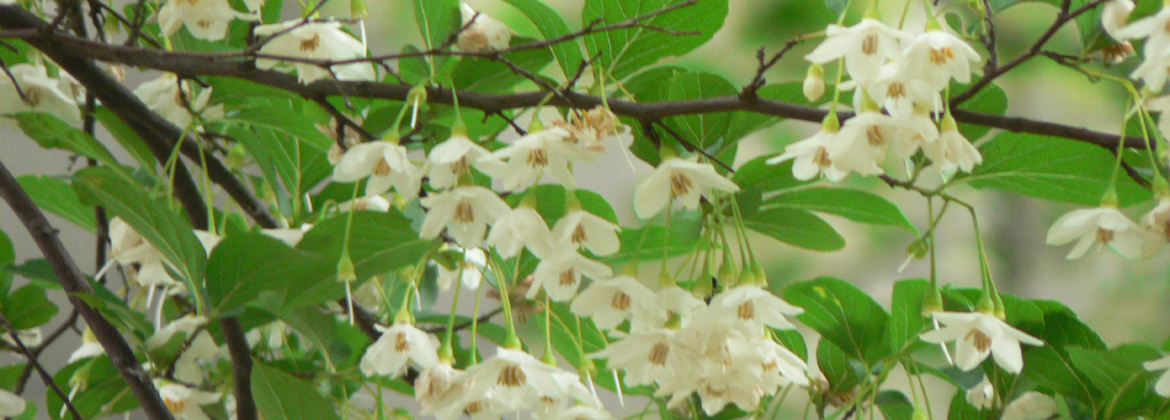Benzoin Plantation in Viet Nam
Viet Nam is the only country known to be carrying out large-scale planting of S. tonkinensis; over 100,000 ha have been established.
1. Seed collection
Seed is not collected from the ground but picked from the tree because fallen fruit has poorer germinative capacity. In general the seed harvest period is from October to November. Ripe fruit is characterized by: 1) a silvery colour with pale white spots on the outer coat; 2) splits at the top of the fruit; and 3) a dark brown seed coat.
2. Seed storage
Storage of S. tonkinensis is not required if fresh seed is to be sown. If seed sowing is not anticipated within a few months after the collection, proper storage must be followed to preserve viability. Maintaining the moisture content of the seed at 30% has been recommended. The simplest method is to put the seed in running water or store it in a mixture with wet sand (1:1 ratio) and place the mixture under shade with good ventilation. Seed may be stored under this condition for up to 1 year by turning the mixture once a month and keeping the mixture moist by frequent spraying with water.
3. Planting stock
Plantations are sometimes established by direct sowing of five to seven seeds into a prepared hole. The germinated seedlings are thinned to leave only one plant per hole. However, this method is uneconomic and a lot of seed is wasted.
Planting with nursery-raised tubed seedlings is a more common practice in Viet Nam. Seeds are sown onto germination beds, which are kept continually moist during the germination period. Fresh seeds germinate within 2 weeks. Germinated seeds are transplanted, when the cotyledons have fully unfolded, into tubes containing loamy forest soil and river sand (1:1 ratio). They are protected from full sunlight until the first two seedling leaves appear. The seedlings should be kept in the nursery for three months before out-planting in the field.
Planting stock prepared from seedlings raised in nursery beds for 10-12 months is sometimes used for plantation establishment in Viet Nam. Seedlings 1-1.5 m tall and 1-2 cm in diameter at the root collar are removed from nursery beds at planting time. The stem is cut off 3-5 cm above the root collar and some of the lateral roots are trimmed from the tap root.
4. Field planting
Regardless of the type of planting stock used, site preparation follows the same routine. Ground vegetation is cleared, left to dry and burned. A strip of vegetation 10 m wide is retained around mountain ridges if the slope is 25-30°. Furthermore, if the slope is more than 100 m in length, additional 5-10 m wide strips of vegetation are retained, with spacing of 50-100 m, following the contours.
Various initial planting densities are used in Viet Nam, depending on the site quality, planting stock and demand for wood. These densities are: 1) 1,600-2,000 stems per ha where the soil is fertile, well drained and not subject to erosion; 2) 2,000-2,500 stems per ha if the soil is relatively fertile and well drained but may be subject to erosion; and 3) 2,500-3,300 stems per ha in cases where soil fertility is low and there is poor drainage or erosion anticipated. The high density is also suitable where the demand for fuelwood and small wood is high.
5 Maintenance and care
5.1 Weeding
In the first two years, styrax plants are ideally kept free of weed competition by regular removal of adjacent ground vegetation. For older plantations, maintenance generally consists of clearing climbers and unwanted surrounding vegetation on an as-needed basis.
5.2 Fertilizer
The main objective of fertilizer application is to promote early growth and a uniform plantation tree population. Nitrogen fertilizer should be applied immediately after out-planting to help the new seedlings establish themselves within the shortest possible time. The recommended application rate is 60 g N of fertilizer per tree, divided into three applications of 20 g each.
5.3 Thinning
Thinning forms part of the routine management in styrax plantations because of the high initial stocking rate at establishment. Two to three thinnings may be required before the plantation reaches the minimum rotation age of 10 years. Final stocking density is generally 600-800 stems per ha.
6. Growth
S. tonkinensis is fast growing and under favorable conditions can attain annual height increments of 3 m during the first three years. A mean height of 18-25 m and DBH of 20-24 cm are obtainable at 10 years (Thai Van Trung, 1975). Such growth would give a wood yield of about 150 m3 per ha based on final stand densities of approximately 600-800 stems per ha.
7. Insect pests
A defoliator, Fentonia sp. (Lepidoptera: Notodontidae), is reported to damage thousands of hectares of S. tonkinensisplantations in Viet Nam (Le Nam Hung, 1990). Control by chemical sprays has been recommended during the outbreak. An unidentified stem borer has also been observed on many trees growing in Nam Bak district, Luang Prabang province of Lao PDR.











